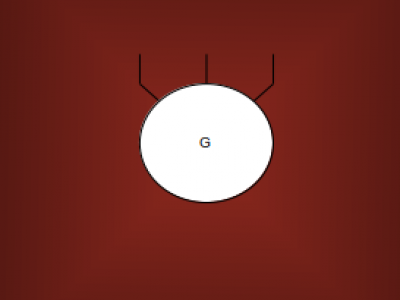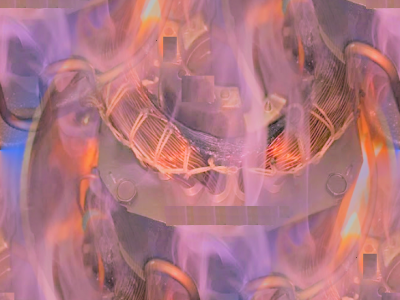Machine Learning

This dataset webpage contains datasets of exisiting and proposed models:
- centrifugalpump1.zip
- centrifugalpump2.zip
- centrifugalpump3.zip
B Model of Fault And Short-Circuit Analysis of Centrifugal Pump
presented in my last Speaker Presentation in Conference - 2025*.
- Categories:
 444 Views
444 ViewsThe Unified Multimodal Network Intrusion Detection System (UM-NIDS) dataset is a comprehensive, standardized dataset that integrates network flow data, packet payload information, and contextual features, making it highly suitable for machine learning-based intrusion detection models. This dataset addresses key limitations in existing NIDS datasets, such as inconsistent feature sets and the lack of payload or time-window-based contextual features.
- Categories:
 2562 Views
2562 Views
We collected programming problems and their solutions from previous studies. After applying some pre-processing steps, we queried advanced LLMs, such as GPT4, with the collected problems to produce machine-generated codes, while the original solutions were labeled as human-written codes. Finally, the entire collected dataset was divided into training, validation, and test sets, ensuring that there is no overlap among these sets, meaning no solutions in two different sets that solve the same programming problem.
- Categories:
 41 Views
41 Views
The dataset consists of uplink channel gains, downlink channel gains and uplink to downlink channel gains along with corresponding power allocations for uplink users and downlink users across all subcarriers. Additionally, it consists of NOMA decoding order for successful implementation of SIC at NOMA receiver. The number of UL users and DL users are considered as N=M=6, and subcarriers are S=9. Each column in the dataset is a sample for fading channel realization and it should be converted back to the matrix to compute sumrate.
- Categories:
 202 Views
202 Views
The study focused on two regions in Rupnagar district, India, with an area of 216 km² as shown in Fig. 1a, using satellite data from June to November 2023. The upper region predominantly features paddy and maize, while the lower region includes paddy and sugarcane. Satellite images were obtained from PlanetScope’s 130-satellite constellation, with a spatial resolution of 3 meter. A total of 32 images, captured between late May and mid-November 2023, were used, all with less than 15% cloud cover.
- Categories:
 203 Views
203 ViewsThis dataset addresses the challenge of limited vocal recordings available in secondary datasets, particularly those that predominantly feature foreign accents and contexts. To enhance the accuracy of our solution tailored for Sri Lankans, we employed primary data-gathering methods.
The dataset comprises vocal recordings from a sample population of youth. Participants were instructed to read three specific sentences designed to capture a range of vocal tones:
- Categories:
 233 Views
233 ViewsThe Facial Expression Dataset (Sri Lankan) is a culturally specific dataset created to enhance the accuracy of emotion recognition models in Sri Lankan contexts. Existing datasets, often based on foreign samples, fail to account for cultural differences in facial expressions, affecting model performance. This dataset bridges that gap, using high-quality data sourced from over 100 video clips of professional Sri Lankan actors to ensure expressive and clear facial imagery.
- Categories:
 633 Views
633 Views




